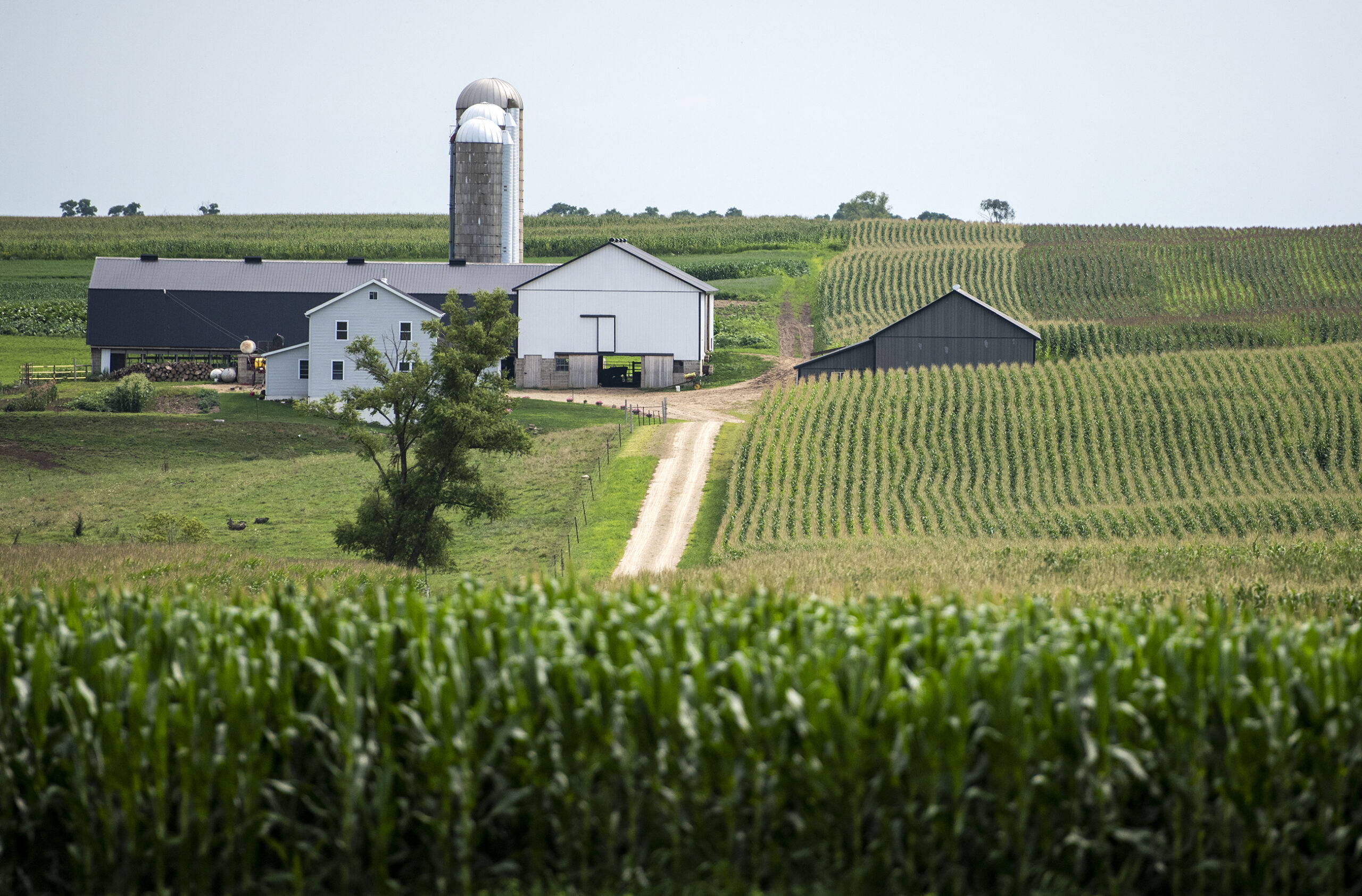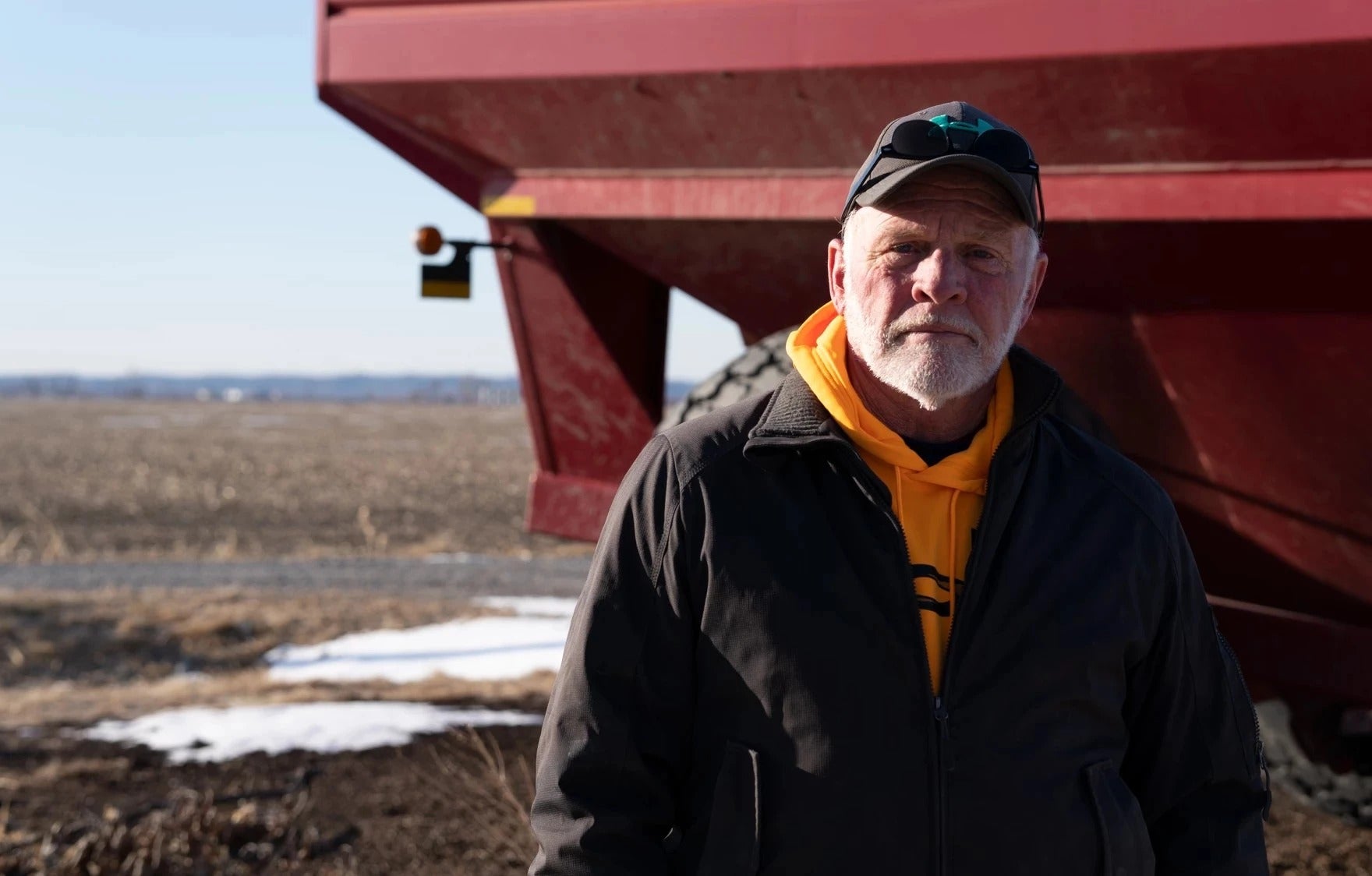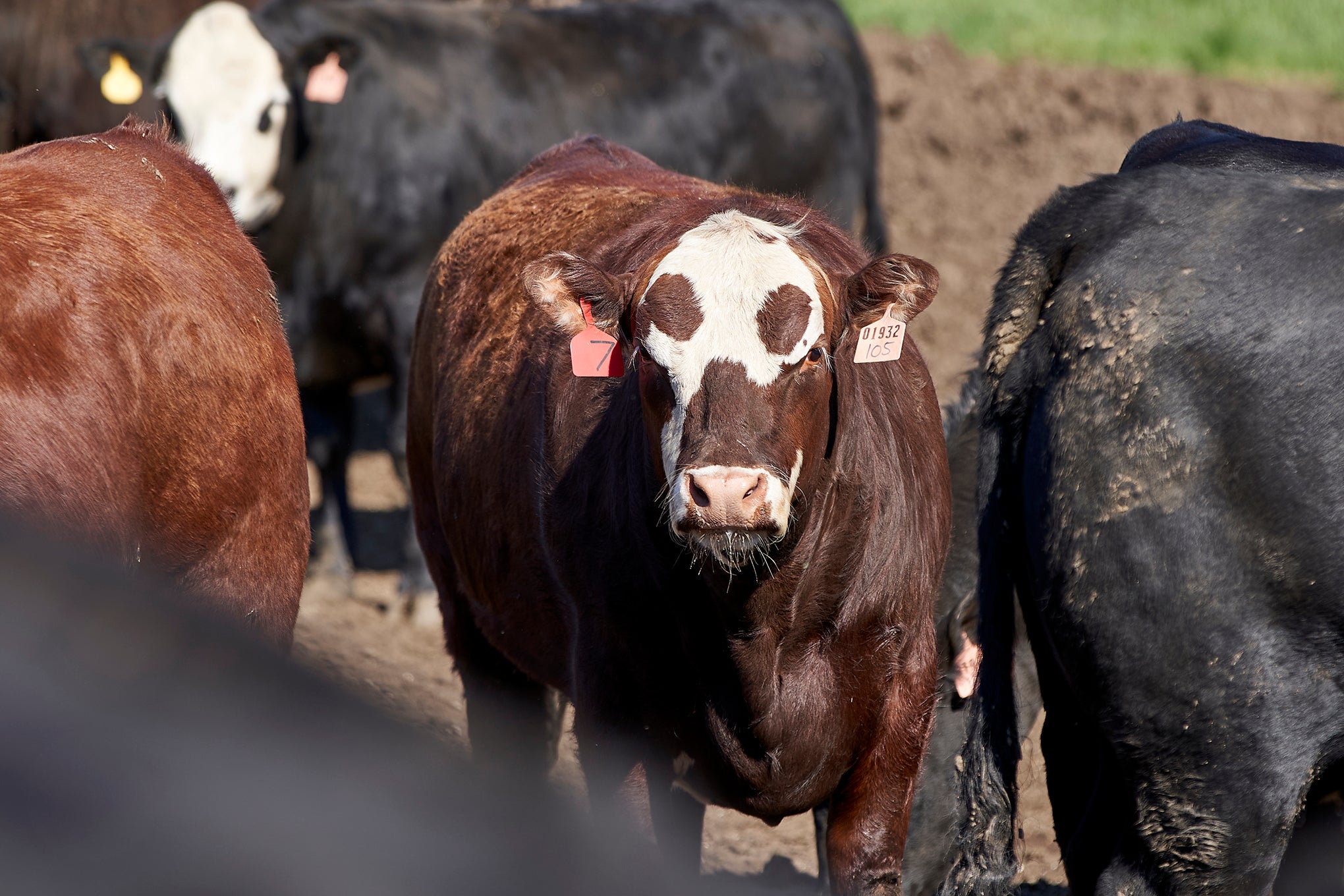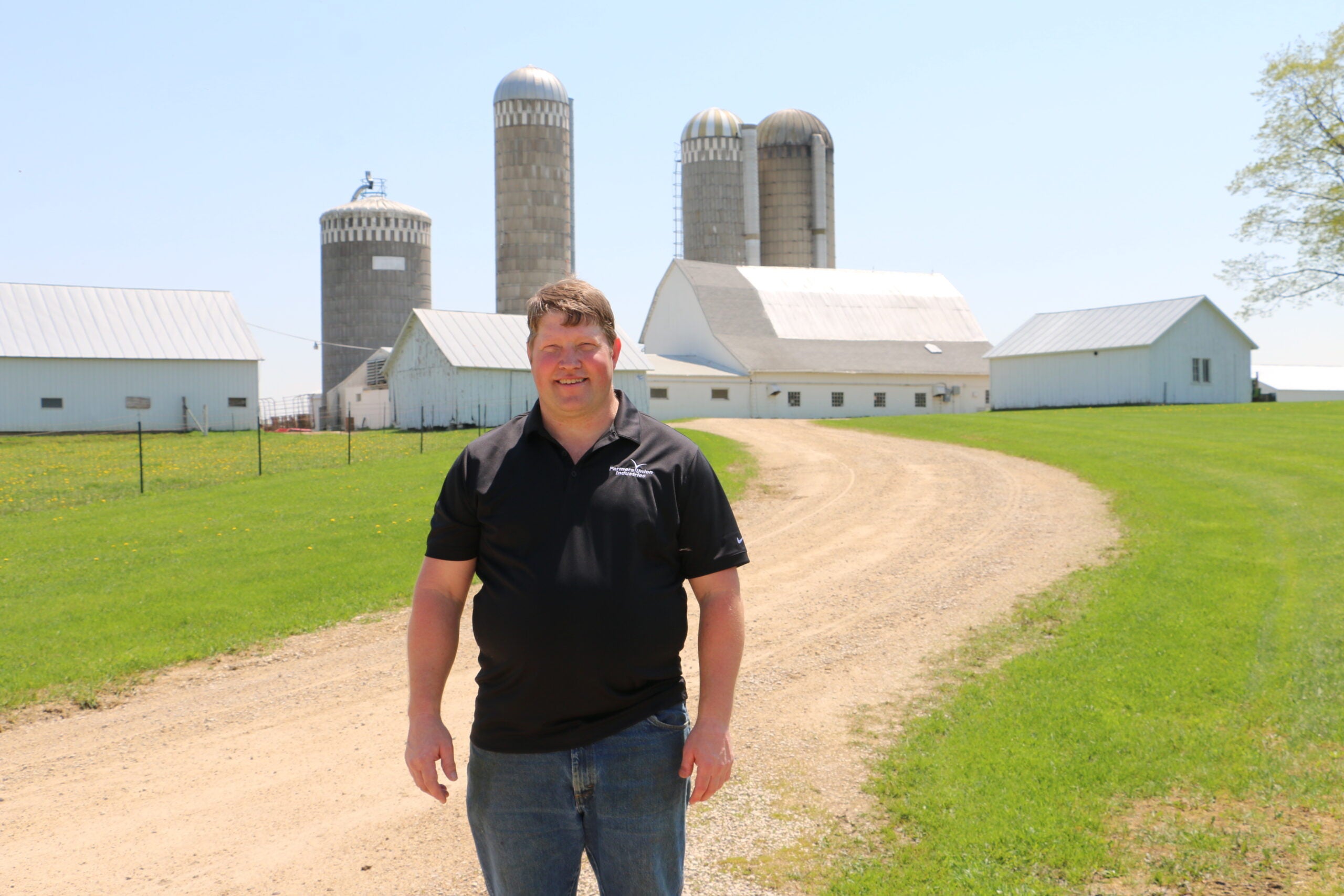More Wisconsin farmers are tapping into a state support program meant to offset the negative effects of the coronavirus pandemic. But one farm leader says some producers are questioning whether passing out the funding during a time of high commodity prices is the best decision in the long term.
The state Department of Revenue received more than 20,000 applications for the Wisconsin Farm Support Program in November.
Gov. Tony Evers first created the program using federal COVID-19 recovery funds in 2020 to provide direct payments to farmers. Last year, the state awarded $3,500 to just over 15,000 farmers who made between $10,000 and $5 million in gross income the previous year.
News with a little more humanity
WPR’s “Wisconsin Today” newsletter keeps you connected to the state you love without feeling overwhelmed. No paywall. No agenda. No corporate filter.
Randy Romanski, secretary of the state Department of Agriculture, Trade and Consumer Protection, said almost 20,000 people have so far been approved for the program. Farmers who had problems with their application have until 4:30 p.m. on Friday to resolve them with the state Department of Revenue before payments are made.
Romanski said the $50 million available for the program will be evenly split among approved applicants, with farmers currently expected to receive around $2,500. The state will begin issuing payments on Dec. 17.
While officials don’t know for sure why more farmers applied for the program this year, Romanski said he believes the early announcement from Evers about the availability of funds and the Department of Revenue sending out letters to all eligible farmers helped increase awareness about the availability of funding.
“There was an understanding of how quick and easy it was to fill out. And someone who may not have applied last time may know a friend, neighbor, relative that applied and they decided to get in this time,” he said.
Darin Von Ruden, president of the Wisconsin Farmers Union, said agreed that more farmers were aware of the program this year. Especially those who didn’t qualify for the program when it was first introduced and had an income minimum of $35,000. DATCP lowered the minimum income requirement last year after receiving only 14,500 applications, much fewer than officials expected.
“(State officials) reached out to farm organizations across the state to help spread that word and get it out there, because it was a different process than what is normally done. So getting comfortable with that and getting the information in farmers hands was really a critical point,” Von Ruden said.
But even with more people accessing the funds, Von Ruden said he has heard many producers question why the support payments are being given out this year.
“Corn and soybean prices, beef prices are all kind of at historic highs right now. So the big question is, why are we getting free government money when we’re doing alright?” he said.
Von Ruden said the program was needed in 2020 when the COVID-19 pandemic disrupted global markets and caused commodity prices to plummet. But now that they’ve recovered, he said some farmers are worried about the long-term implications of passing out direct payments.
“Over the years, we’ve had different times where there hasn’t been money available for disaster programs because federal debt is not in a good spot, the federal budget doesn’t allow for it, and those are years when we needed those funds,” Von Ruden said. “In a situation this year where the funds really aren’t needed on a farm-to-farm basis, why are we spending those dollars? Because it really puts us at risk for future tax dollars that are going to have to be collected in order to pay off debt.”
But Romanski argues farmers are still feeling the negative effects of the pandemic, just in different ways than in 2020.
“Farmers are seeing these inflationary adjustments, maybe it’s fuel costs, maybe it’s seed costs, maybe it’s fertilizer. So they’re seeing those prices rise as well and that’s a challenge,” Romanski said. “The idea was not to make farmers whole. This is just to help pay some bills at a time when farmers are seeing disruptions to their operations.”
Von Ruden said the cash payments are coming at a good time for the farm community, when producers start to place orders for seed and fertilizer needed in the spring.
“If they have that extra income, they can buy everything they need and pay for it this year, or at least make a pretty good down payment,” Von Ruden said. “It’s dollars that will get regenerated back into the economy in rural communities in a pretty fast manner.”
Producers who need to resolve problems with their application can contact the Department of Revenue at (608) 266-2772 or DORFarmSupport@wisconsin.gov.
Wisconsin Public Radio, © Copyright 2026, Board of Regents of the University of Wisconsin System and Wisconsin Educational Communications Board.





